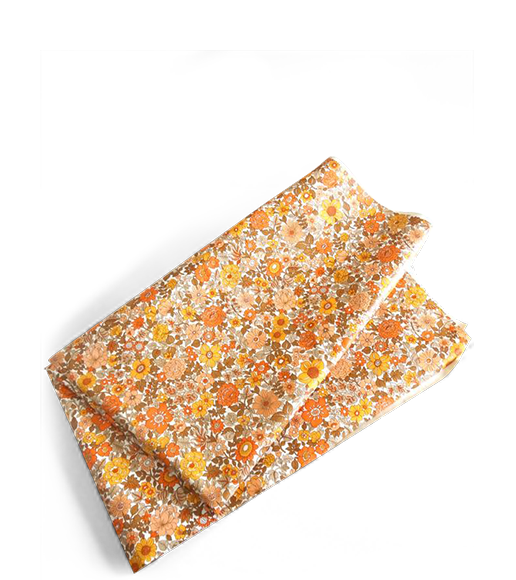Oilcloth: slightly kitschy but still going strong!

Vehicle users have always strived to protect themselves from bad weather. Apart from the usual methods of protection, such as covers and hoods, users sought out materials that were cheaper, easier to use and clean, than leather. This is how several processes came to be designed, such as that for oilcloth, the first patent for which was filed in 1627! At that time, it was made using a mixture of beeswax, tar and linseed oil, coated onto a woven base (mainly cotton or linen) and applied at high temperature.
Today, it takes different forms: oilcloth on woven or non-woven backing, fabric coated with an acrylic coating, cotton coated with a PVC coating (giving it a glossy look) and the Jersey tablecloth which is fabric with a highly-resistant mesh, made from 100% Polyester, wrinkle resistant and washable with bleach.
Whether it's the plastic, decorative paper: waterproof, stain-resistant and very kitschy oilcloth usually found in neighbourhood drugstores and bazaars, or Grandma's oilcloth, the kind that gets sticky over time and sticks to your elbows, made of fabric and PVC, it inevitably reminds us of our childhood. It hasn't breathed its last yet, though, and the current trend towards vintage items has caused it to make a comeback!
All of them are waterproof, very easy to clean with a sponge or are machine-washable, stain-resistant, and available in myriad patterns and colours.
Oilcloth is also used to make tents, raincoats, and various protective fabrics for furniture and for on the ground.





